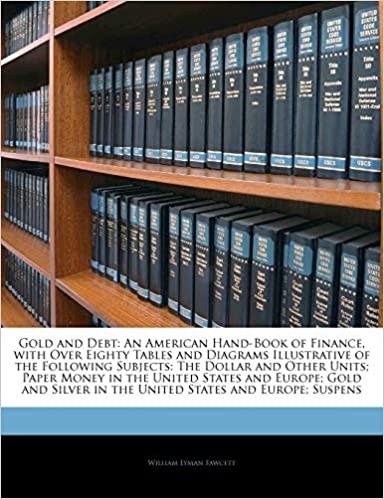Question
Suppose you buy a new Toyota for $25,000. You obtain a 4-year amortized loan with equal annual payment beginning one year from today (i.e. first
Suppose you buy a new Toyota for $25,000. You obtain a 4-year amortized loan with equal annual payment beginning one year from today (i.e. first payment made one year from today). The quoted interest rate for the loan is 10%, compounded annually
How much will your annual payments be?
Please complete the attached amortization schedule
|
| Year 1 | Year 2 | Year 3 | Year 4 |
| Beginning Balance
| $25,000 |
|
|
|
| Interest Paid
|
|
|
|
|
| Total Payment
|
|
|
|
|
| Principal Paid
|
|
|
|
|
| Ending Balance
|
|
|
| $0 |
Assume your car will lose 30% of its market value the first year and further lose $4,000 each year thereafter (i.e. by the end of the first year, your used car can will be sold for $25,000 (1-30%) = $17,500 on the used car market; and will be sold for $17,500-$4,000=$13,500 on the used car market by the end of year 2; and so on). How much will your used car be worth by the end of year 3 and year 4? Please fill the used car value in the market value schedule.
|
| Year 1 | Year 2 | Year 3 | Year 4 |
| Ending Car Value
| $17,500 | $13,500 |
|
|
With auto loans, it is common for buyers to trade in their cars after the outstanding principal on the car loan exceeds the re-sale value of the used car. After which loan payment will it be profitable for you to trade-in your car? Why? (hint: the car should be sold if it can be sold for more than the balance owed to the dealer)
Step by Step Solution
There are 3 Steps involved in it
Step: 1

Get Instant Access to Expert-Tailored Solutions
See step-by-step solutions with expert insights and AI powered tools for academic success
Step: 2

Step: 3

Ace Your Homework with AI
Get the answers you need in no time with our AI-driven, step-by-step assistance
Get Started


